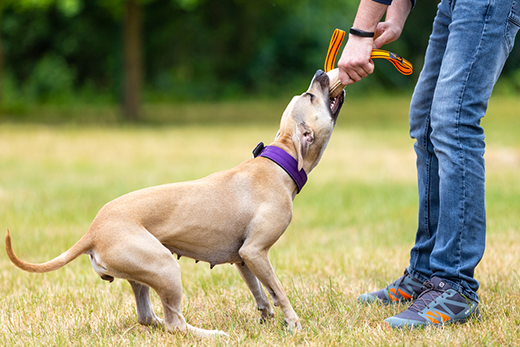
How To Safely Introduce Two Dogs To Each Other
Dogs, as social animals, often appreciate the company of their fellow canines. Whether you're thinking of adopting a new dog or simply setting up a playdate, knowing how to introduce two dogs properly is crucial for their well-being and safety. A successful introduction can set the stage for a lifelong bond, while a rushed or unprepared one could lead to unnecessary stress and potential conflict.
Choose the Right Environment
The environment where the introduction takes place plays a significant role in the success of the meeting. Here's what to consider:
- Neutral Territory: It's essential to introduce dogs in a neutral environment, away from home, where neither dog has established territory. This reduces territorial aggression and allows them to meet on even ground.
- Open Spaces: Opt for open areas like parks or large fields, which provide enough space for the dogs to move around, approach, or distance themselves if needed.
- Avoid Overly Stimulating Areas: While parks are great, choose times when they are less crowded. Overly busy environments can be overwhelming and increase the chances of distractions or unwanted interactions.
Use Proper Leash Handling Techniques
Leashes are an essential tool for controlling and guiding the introduction. They provide safety but should be used correctly to avoid increasing tension:
- Relaxed Leash: Always ensure the leash remains loose during the introduction. A taut leash can communicate tension to the dog, making them more anxious or defensive.
- Avoid Head-On Approaches: Dogs often find head-on confrontations threatening. Instead, allow them to approach from the side or in a curve.
- Short Initial Interactions: Start with short, controlled meetings, gradually increasing the time they spend together as they become more comfortable.
Observe Body Language Closely
A dog's body language is a window into their feelings and intentions. Recognizing the signs can help you gauge the situation and take action if necessary:
- Positive Signs: Loose wagging tails, relaxed bodies, and playful bows indicate that the dogs are comfortable and curious about each other.
- Warning Signs: Growling, stiff posture, raised hackles, and bared teeth are clear indicators that a dog is stressed or feeling threatened. If you observe these signs, it's essential to separate the dogs and give them time to calm down before attempting another introduction.
- Redirect Attention: If one dog seems too focused or fixated on the other, redirect their attention with toys or dog treats. This can help break the intensity and refocus them on positive stimuli.
Post-Introduction Monitoring
Once you've successfully introduced the two dogs, the journey isn't over. It's essential to monitor their interactions over the next few days or weeks to ensure they continue to get along:
- Supervised Play: Always supervise their play sessions initially, looking out for signs of tension or aggression.
- Separate Resources: Ensure that both dogs have their food, water, and toys. Sharing resources can sometimes lead to conflicts.
- Establish Boundaries: If you're bringing a new dog into your home, ensure that the resident dog has its space, like a specific bed or crate. This gives them a sense of security and reduces potential territorial disputes.
Introducing two dogs doesn't have to be a daunting experience. By understanding their needs, observing their body language, and providing a controlled environment, you can pave the way for a successful introduction. Remember, patience is key.



